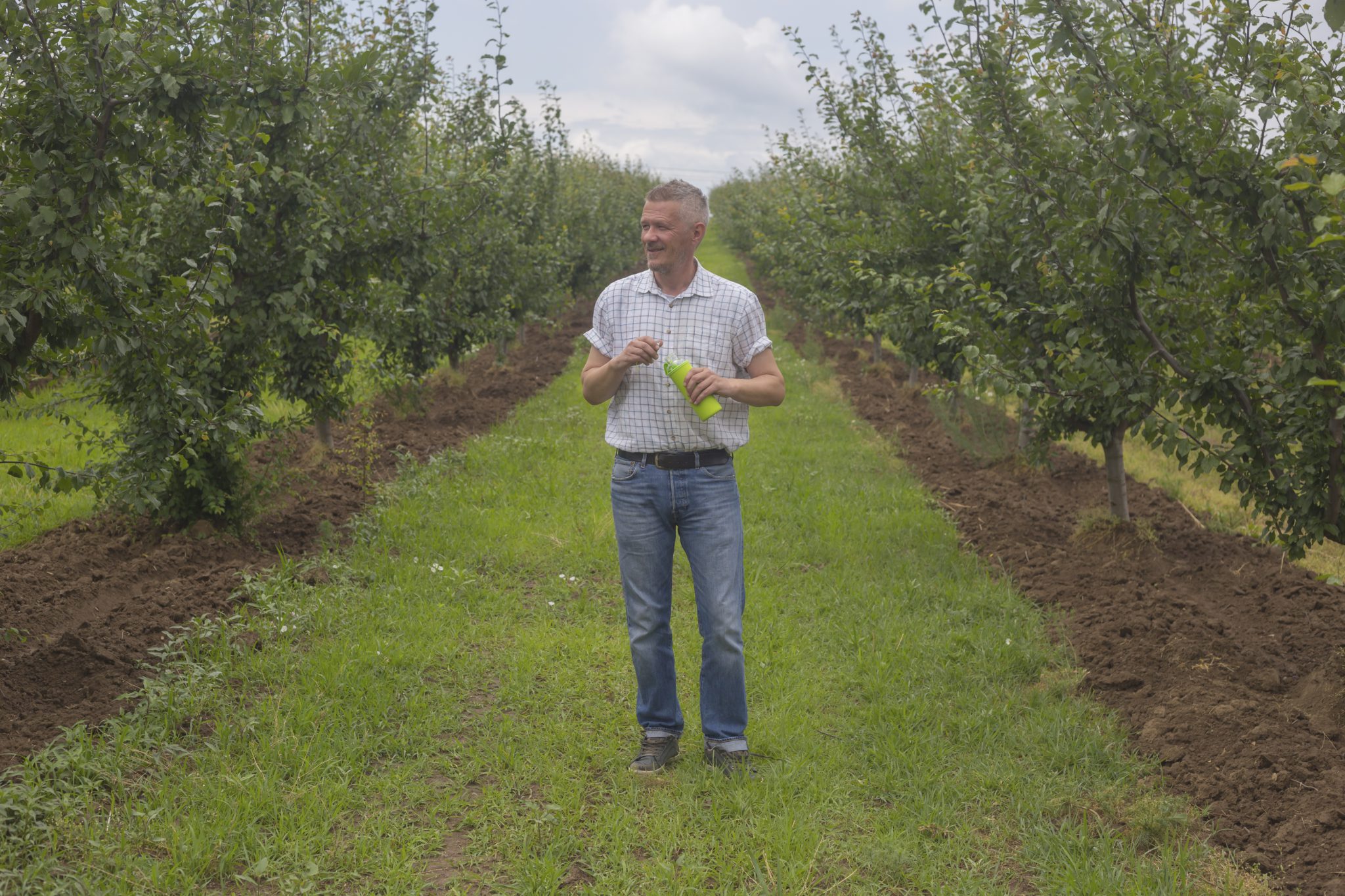TAYA: The Solution for Removing Nitrogen from Wastewater
The environmental impact of nitrogen compounds discharge to water bodies, as well as the health effects in the case of nitrate and nitrite, result in regulatory requirements for effluent quality. Initially, ammonia was targeted as a major cause for eutrophication, but more recently nitrate also draws attention in many places due to its tendency to accumulate in the environment up to levels which become a health risk, mainly for blue baby syndrome. When both ammonia (and its compounds) and nitrate limitations exist, it is commonly in terms of Total Nitrogen (TN).

Development of sophisticated processes
The most common process for removal of nitrogen from wastewater involves full or partial nitrification or nitritation (biological oxidation of ammonia) followed by denitrification (or denitritation) to reduce the oxidized forms to inert atmospheric nitrogen gas. These processes are as complicated as they sound: they require separate biological reactor chambers with different aeration conditions, they involve circulation between them and sometimes dosing of chemicals (a carbon source for denitrification)
In recent years sophisticated processes (such as anammox) have been developed to enable compliance with TN requirements using less energy and less chemical resources, but these are too complicated for small to medium sized plants.
Turning to wetlands for nitrogen removal
The TAYA process is a unique and proprietary Reciprocal Constructed Wetland (RCW) created and provided by Triple-T. It is a generally simple, one stage process with low energy consumption and low operator attention, ideal for small to medium capacities (see earlier publications on the technical principle).
However, in the context of nutrient removal, TAYA is found to possess built-in capability to perform quantitative TN removal. This feature of TAYA is a result of alternating aerobic-anoxic condition during the course of each flow cycle from one part of the media-filled pond to the other and back. The alternating oxidative conditions, in combination with moderate hydraulics and subsequent high biomass holdup of the system, create a complex environment capable of both nitrification and denitrification in one pond.
TAYA produces a compliant secondary effluent with respect to suspended solids, which are retained within its volume and provide the additional organic carbon requirements often required for denitrification. Results from six months of operation of a full-scale demonstration plant in a wastewater treatment facility in Colorado show that TN of less than 10 mg/l is maintained from snowy winter through sunny summer.
Total Nitrogen removal results with TAYA




